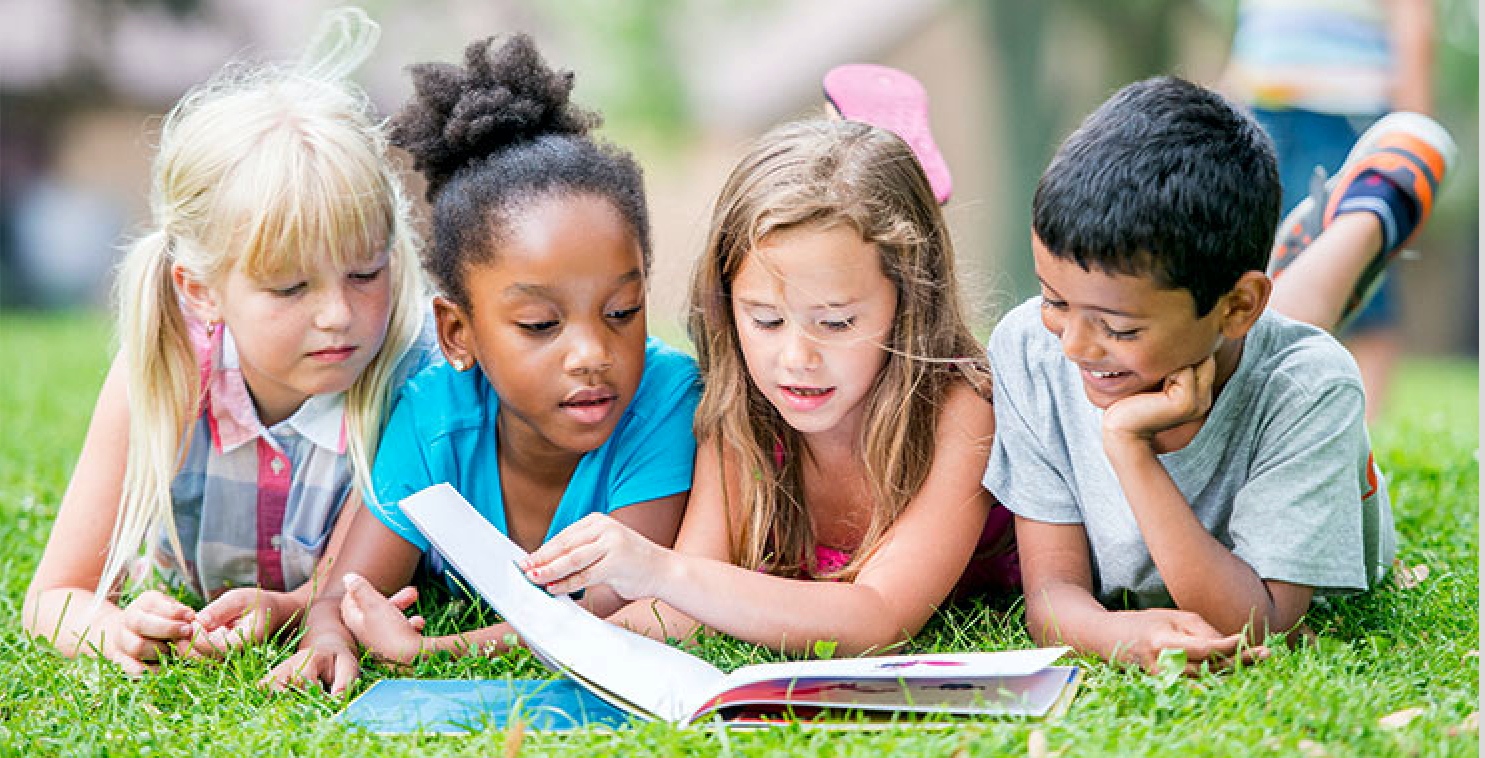Disclaimer: The views and opinions expressed by the author(s) do not represent the official position of Barbados TODAY.
by Wayne Campbell
“Literacy is about empowerment and gains for individuals, communities and societies. Literacy is a precondition to achieving our ambitions on competitiveness, healthy living, sustainability, social inclusion and active citizenship.” – Princess Laurentien- UNESCO Special Enjoy on Literacy.
The literacy gap did not start with the COVID-19 pandemic. However, the pandemic took a bad situation and made it worse. As the international community moves beyond the initial wave of the COVID-19 pandemic-induced school closure, regrettably, academic normalcy remains out of reach for many students. This year’s observation of International Literacy Day has taken on an added significance given that schools are once again open, and face to face instruction is once again the teaching modality of choice.
Literacy is a human right. Each year September 8th marks the United Nations Educational, Scientific and Cultural Organisation (UNESCO’s) International Literacy Day. The day is set aside to raise awareness globally on the issues surrounding adult and child literacy. Literacy is the ability to identify, understand, interpret, create, communicate and compute, using printed and written materials associated with varying contexts.
Literacy involves a continuum of learning in enabling individuals to achieve their goals, to develop their knowledge and potential, and to participate fully in their community and wider society (UNESCO, 2004; 2017).
International Literacy Day is a day to remind world leaders, influencers and the general public of the current status of adult literacy and learning.
In 2015 the United Nations adopted its Sustainable Development goals to mobilize efforts to eradicate poverty and inequalities across the world, of which improving literacy rates is an integral element. Since 1967, International Literacy Day (ILD) celebrations have taken place annually around the world to remind the public of the importance of literacy as a matter of dignity and human rights, and to advance the literacy agenda towards a more literate and sustainable society.
Gender Gap
Of the roughly 781 million adults worldwide who cannot read or write, nearly two-thirds are female. This disparity is particularly noticeable in less-developed countries, in which women are faced with increased vulnerability and are expected to stay at home and care for the house and children while the men go off to work.
The developed nations of the world have much higher literacy rates with smaller gaps if any between the genders. According to the World Literacy Foundation, illiteracy costs the global economy $1.5 trillion annually.
The Jamaica Education Transformation Commission (JETC) report by Professor Orlando Patter-son indicated troubling levels of inadequacy in literacy. The JETC report showed that most stu-dents at the primary level were barely literate.
According to the JETC, the 2019 Primary Exit Pro-file (PEP) exam revealed that 33 per cent of students cannot read or can barely do so, 56 per cent of students cannot write or barely and 58 per cent of students cannot find information on a topic or barely. In the aftermath of the COVID-19 pandemic there must be a redoubling of efforts to close the literacy gap. According to UNESCO nearly 24 million learners might never return to formal education, out of which, 11 million are projected to be girls and young women. In order to ensure no one is left behind, we need to enrich and transform the existing learning spaces through an integrated ap-proach and enable literacy learning in the perspective of lifelong learning.
This year’s International Literacy Day will be celebrated worldwide under the theme, “Transforming Literacy Learning Spaces” and will be an opportunity to rethink the fundamental importance of literacy learning spaces to build resilience and ensure quality, equitable, and inclusive education for all.
History of International Literacy Day
Although much progress has been made in improving literacy rates in the more than fifty years since the first International Literacy Day, illiteracy remains a global problem. It is estimated that more than 750 million adults around the world cannot read.
The scourge of Illiteracy spares no na-tion or culture on earth, including the United States, where an estimated 32 million American adults are illiterate. International Literacy Day was first conceived at the “World Conference of Ministers of Education on the Eradication of Illiteracy” held in Tehran, Iran in 1965. The following year UNESCO took the lead and declared September 8 as International Literacy Day, with the primary purpose being “…to remind the international community of the importance of literacy for individuals, communities and societies, and the need for intensified efforts towards more literate societies.” One year later, the global community accepted the challenge of ending illiteracy by participating in the first International Literacy Day.
Barriers to Literacy
As a society we need to pay more attention to the notion of emergent literacy. Emergent Literacy is the idea that children grow into reading and writing with no real beginning or ending point. Sadly, as a people we have not done well in this regard; as a result this vacuum has provided a fertile environment for the construction of barriers to literacy. The main barrier to Jamaica achieving a 100 per cent literacy level is our inability to develop and promote a reading culture. The Jamaican society is very much an oral society which is clearly a feature of our African heritage.
While we should not discount our predisposition for oral history we also need to encourage our citizenry to document and read. Additionally, there is culture which dictates to boys that reading is anti-masculine and sadly, this sub-culture, which is reinforced by popular culture, has turned off many of our boys from education in general and reading in particular. This lack of motivation for reading must be addressed with a sense of urgency.
Disturbingly, boys who display school smarts are often ridiculed as effeminate by peers and even adults in areas where academic excellence by males is typically devalued. It is almost as if manhood and masculinity have been hijacked by a thug culture far re-moved from education. Our boys must see men reading, it’s a pity that in the education system so few men are employed; unfortunately this is rooted in culture which views teaching as nurturing and therefore feminine.
The relationship between literacy and poverty
Poverty and illiteracy tend to go hand-in-hand. Education is often less available in poverty-stricken areas. Moreover, even when education is available, a struggling family might need their children to work and earn money instead of going to school. Most of the countries with the lowest literacy are located in South Asia, West Asia, and sub-Saharan Africa regions which also include most of the poorest countries in the world.
In Pursuit of Content Literacy
In many schools there is a deficit regarding reading specialists. As students transition from primary to the secondary level the focus turns from learning how to read to using reading to learn. This shift in focus is commonly referred to reading in the content area. Content area reading is the reading that a person (usually a student) needs to complete and understand in a particular subject area. All teachers across the curriculum and across grade levels can play a role in teaching students to use reading skills and strategies to learn the content of the subjects in order to become independent readers and learners.
Educators can specifically provide students with instructions that promote content area vocabulary development and familiarise students with the structure of expository text. Research has indicated how important literacy is on a personal level as well as for sustainable development. As the international community pause and reflect on International Literacy Day we all need to examine ourselves to see how best we can contribute in assisting in the promotion of literacy in spaces we occupy.
It in only by engaging in a collective effort that we will see the transformation of literacy learning spaces ballooning into full fledge learning outcomes for those struggling with issues surrounding literacy. Oftentimes, there is some level of stigma associated with being illiterate and this tends to prevent those in need to come forward to accept the necessary help in be-coming literate. There must be a global effort to dismantle those areas which have historically created barriers for the empowerment of women and girls. The engagement of social media is also very
critical in creating avenues of literacy. It would be useful for more private public partnership to construct literacy labs at more of our schools especially those in rural and semi-rural areas where access is a problem.
The society owes it to the next generation to do all we can to engender and cultivate a culture and atmosphere conducive to the achievement of all forms of literacy. On this International Literacy Day let us recognise the importance of learning spaces in building resilience and ensuring quality, equitable, and inclusive education for all as our children return to school. In the words of Kofi Annan, literacy is a bridge from misery to hope. It is a tool for daily life in modern society. It is a bulwark against poverty, and a building block of development.
Wayne Campbell is an educator and social commentator with an interest in development policies as they affect culture and or gender issues. waykam@yahoo.com @WayneCamo © #InternationalLiteracyDay #LearningSpaces




